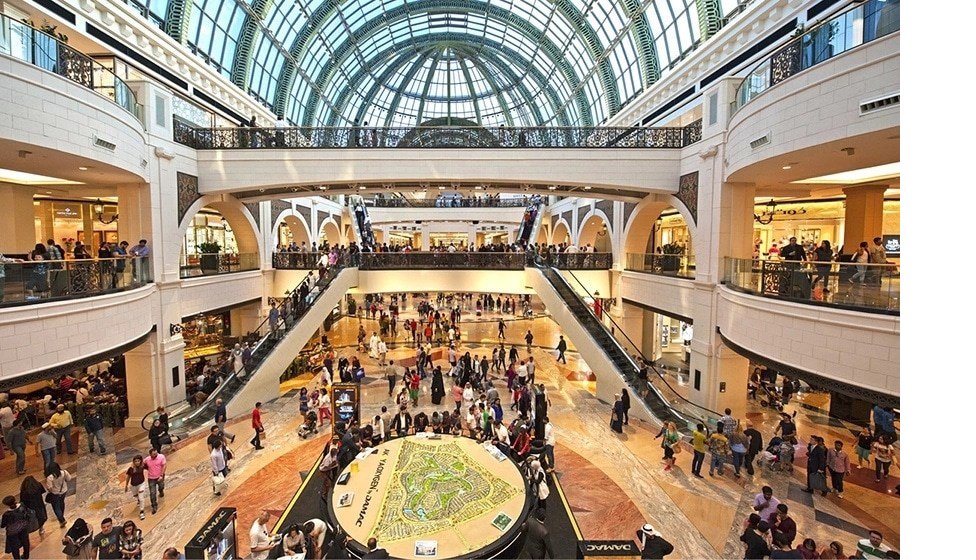It wasn’t that long ago retailers were panicking about the impact of online shopping on bricks and mortar sales. But with Australian online retail sitting at 7 per cent of all retail sales and a number of new retail developments in Sydney, there’s a long way to go before those fears become a reality.
Online shopping may be convenient, but it seems people still want the social interaction and experience of a physical store. Of course, that doesn’t mean technology hasn’t influenced the way people shop. Physical stores need to adapt to these changing expectations and provide an experience that people can’t get online.
Designing experience centres
Retailers are blurring the boundaries of the online and in-store experience, going beyond traditional sales tactics to create a point of difference. Rebel Sports created a stadium feel in its Bondi store by adding bench seating, line marking, interactive games and personal trainers, who provide personalised athletic advice to customers.
Fisher & Paykel boasts a team of cooking specialists in its Alexandria store, for product demonstrations and advice on product selection and use. Supercheap Auto has dedicated space in its Penrith store for DIY workshops, a cinema-style area for product education videos, and car clinic advice bars.
In the Sydney CBD, CBRE is creating a Champs-Elysees or Sixth Avenue on George Street, which is expected to be complete by late 2019. Luxury flagship stores and modern concept stores will follow this trend of providing an immersive brand experience for customers entering the store.
Integrating offline and online
New technologies have allowed retailers to target consumers with the right products, in the right location, at the right time. Mobile notifications that are sent as a consumer walks past a store, and emails that remember their size and last purchase are just a few of the tools that will integrate the offline and online retail experience.
However, a recent PwC survey found that 81 per cent of Australians believe as technology improves, they’ll want to interact more with a real person. While retailers should take advantage of automation, they also need to make sure consumers can reach a human when they need to.
Smart retailers understand that embracing new digital technologies will free staff to provide superior customer service and a genuine human connection for customers, combining the efficiency of online shopping and the experience of shopping in a physical store.
A social and entertainment destination
Experts predict that within 10 years, shopping centres will become more like resorts, where people will go to relax and have fun rather than simply do the grocery shopping and leave. According to Westfield’s ‘Destination 2028’ vision, shopping centres will be hyperconnected microcities or town centres.
These malls of the future are expected to feature swimming pools, libraries, residential apartments, office space, education facilities, healthcare facilities, entertainment precincts and adventure activities. Rather than homogenous buildings, we will see unique designs that reflect the location, setting and demographic of the local community.
Of course, these changes will have a significant impact on the way developers achieve the performance-based requirements in the Building Code of Australia (BCA). They will be far more complex than simple retail fitouts and take-away food outlets, and require a creative approach to ensure designs are both creative and compliant.
MBC has worked on a number of retail developments to ensure the design and construction complies with the BCA. Our Accredited Building Certifiers understand the need for a fast turnaround and seamless transition period, so clients can enhance the bricks and mortar experience, without compromising compliance in their development.

